An essential step in the decontamination of water is clarification, which is the physical-chemical process aimed at removing the particles (suspended solids) that cloud water by precipitating them in the form of sludge.
Flocculation is the chemical process of adding substances, known as flocculants, to cause the colloidal substances in the water to stick together, thus facilitating their subsequent filtration and removal. The flocculation process is preceded by coagulation, so we often speak of coagulation-flocculation processes.
Suspended particles have a negative electrical charge and are in constant motion (called Brownian motion). Coagulation occurs when the particles in colloidal suspension in water are destabilised. Flocculation is the agglomeration of these destabilised particles into larger flocs that can be decanted as sludge and then filtered. For both processes to occur, substances called coagulants and flocculants need to be added.
NIHON KASETSU reagents perform both processes of coagulation and flocculation. They contain positively charged substances that attract particles in colloidal suspension to form corpuscles, which are subsequently bonded to other mineral compounds to settle as sludge.
NIHON KASETSU NIHON KASETSU flocculants are compounds based on natural, non-polluting substances whose raw materials are mollusc shells, seaweed and minerals. They are highly efficient (up to 5 times better than traditional ones), are safe and very easy to handle. They can treat any waste water and can be used in both freshwater and saltwater. Also, they do not contain any substances harmful to the environment, so the resulting sludge can be used as a fertiliser or discarded without any special waste treatment.

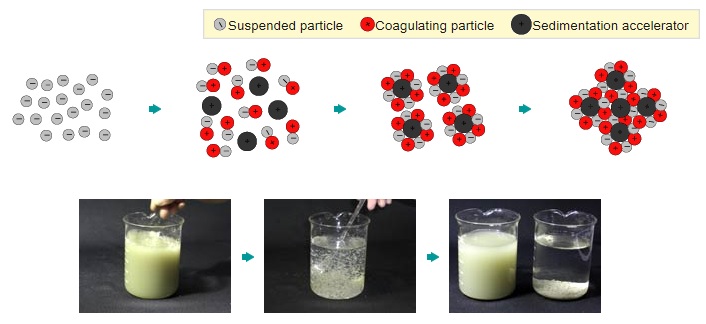
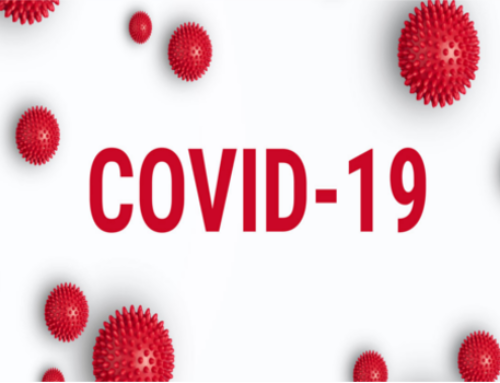
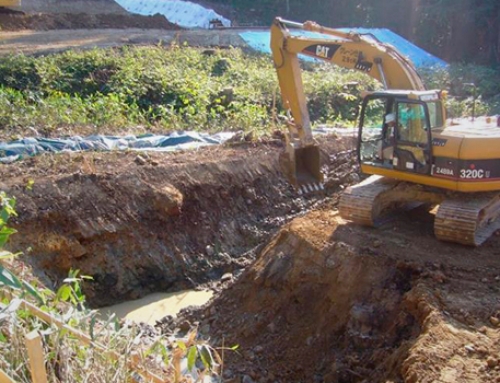
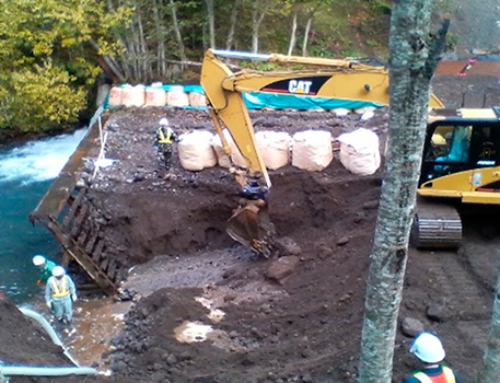
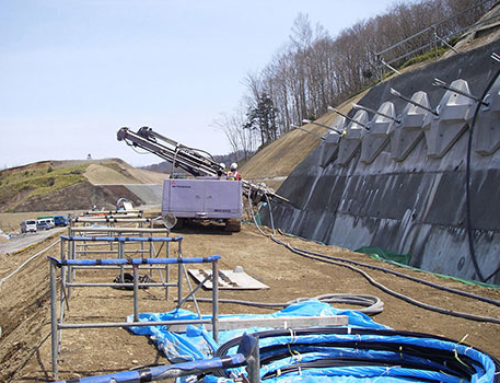
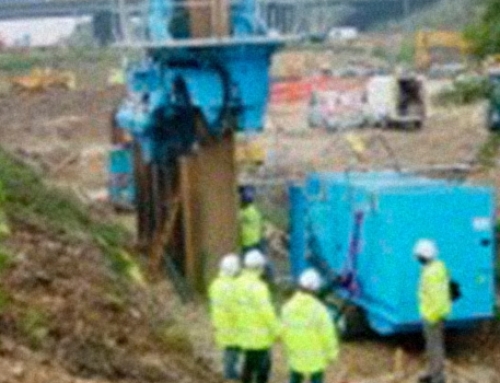
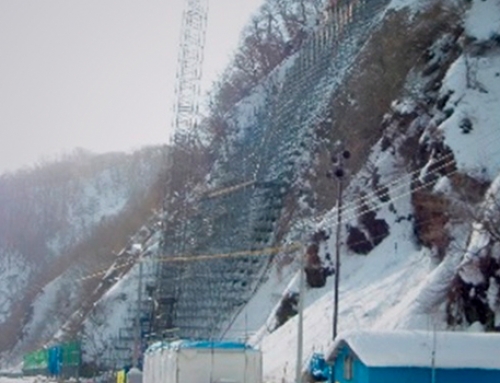
Leave A Comment